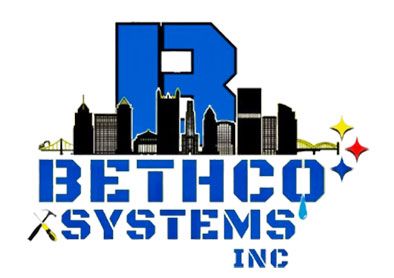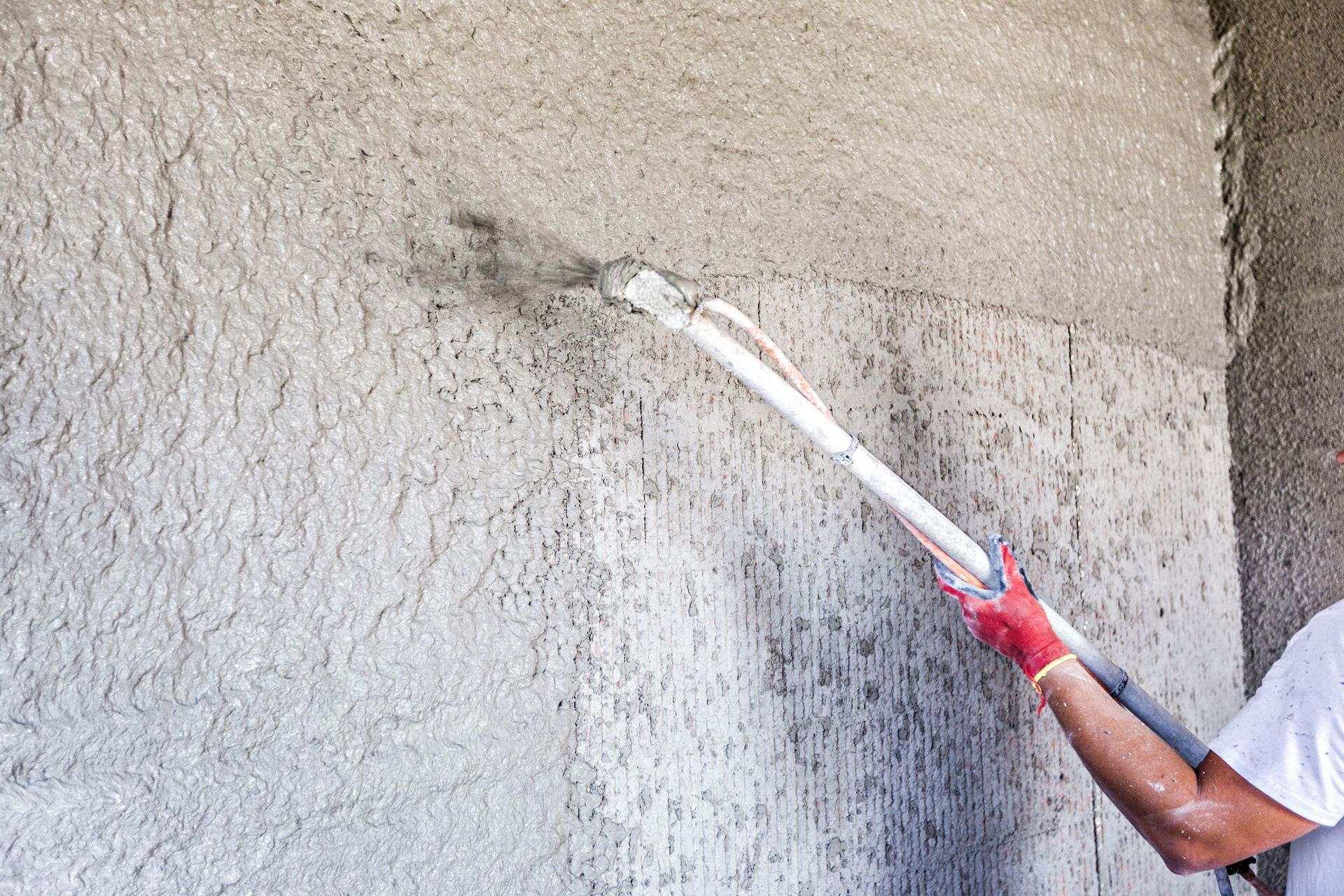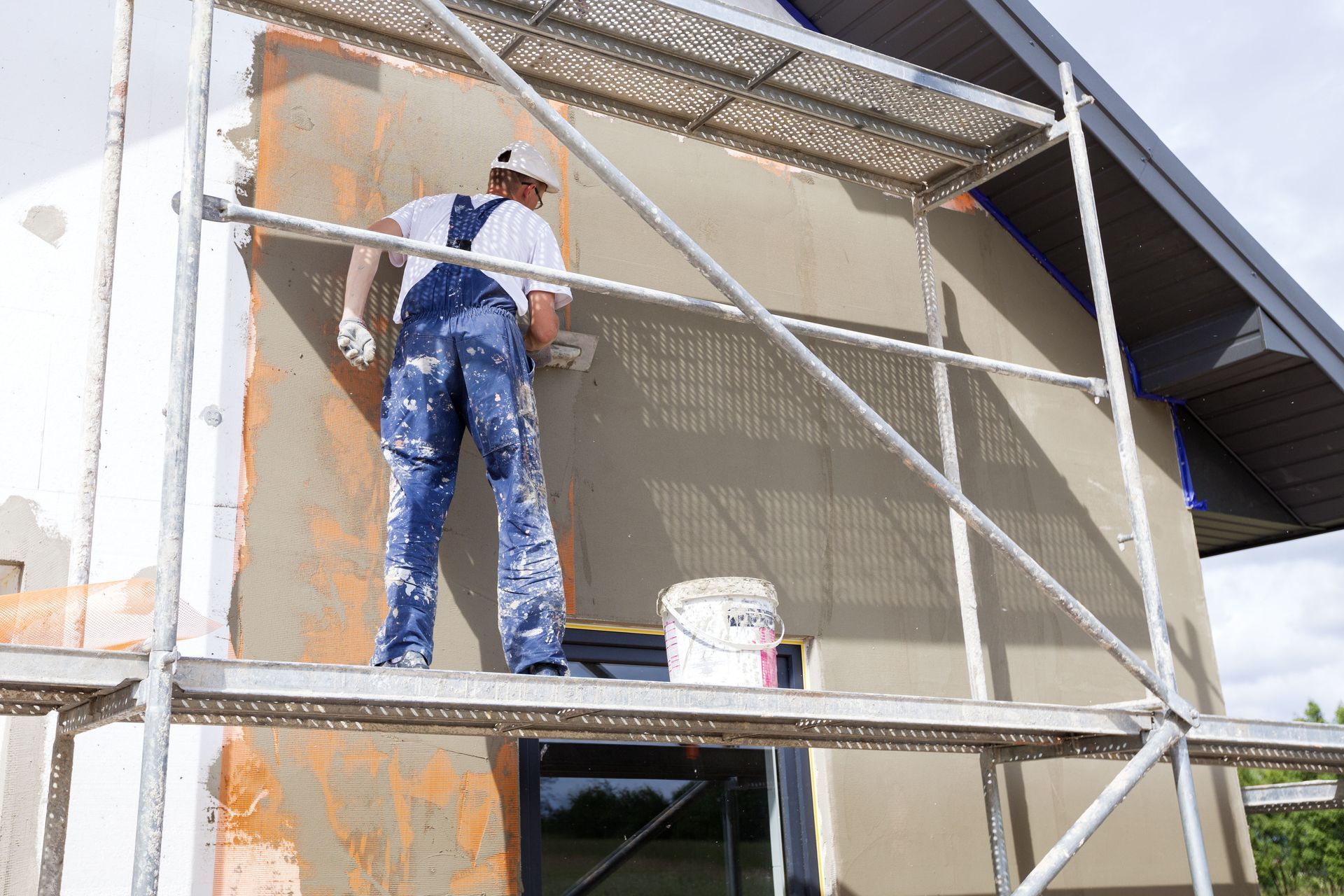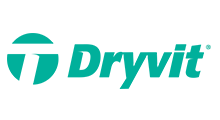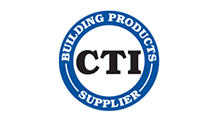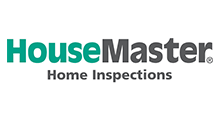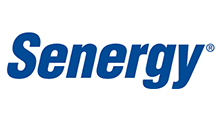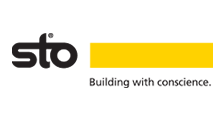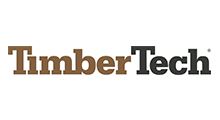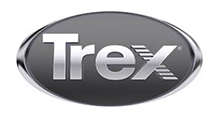July 18, 2025
Traditional stucco boasts a long-standing legacy that dates back to ancient civilizations. This cement-based mixture has been admired for centuries for its resilience and classic aesthetic. Popular during the Renaissance and still widely used today, traditional stucco continues to hold value in restoration and modern construction alike. Its composition includes cement, lime, sand, and water, with optional modern additives that improve setting time and weather resistance.
Application typically involves three layers: a scratch coat, a brown coat, and a finish coat. When properly applied and maintained, we have found from our experience that traditional stucco can last 50 to 100 years. It's also favored for its visual depth and flexibility in texture, from smooth trowel finishes to rustic patterns that mimic stone or brick. Additionally, its breathability allows moisture to escape rather than become trapped within the wall, reducing the risk of interior mold and damage.
Explore the Evolution of Synthetic Stucco
Also known as EIFS (Exterior Insulation and Finish Systems), synthetic stucco was developed in Europe in the 1960s, according to Envista Forensics, and has become a hallmark of modern construction. Initially developed as an energy-efficient solution in post-war Europe, it has since been refined for improved moisture resistance and durability. Today, synthetic stucco consists of layered materials including insulation boards, fiberglass mesh, and a finish coat, making it both lightweight and thermally efficient.
EIFS is particularly attractive to architects and builders for its ability to replicate the appearance of other materials without the associated weight or structural burden. Its flexibility in both color and design makes it a preferred option in both commercial and residential settings. Synthetic stucco also performs well in terms of impact resistance, particularly when reinforced with mesh and durable coatings.
Compare Durability and Performance
While both traditional and synthetic stucco are known for their strength, each responds differently to environmental conditions. Traditional stucco performs well in dry, stable climates but may crack with temperature fluctuations if not properly maintained. Conversely, synthetic stucco features a flexible base layer that adapts to thermal shifts, minimizing cracks and structural stress.
Stucco companies often recommend EIFS in regions with more extreme or variable weather. Synthetic stucco's vapor barriers also give it an edge in high-moisture zones, where it can better resist mold and water infiltration. Understanding how these systems function in different environments ensures the exterior finish remains secure and visually appealing for many years.
Evaluate Maintenance and Repair Needs
Maintenance varies by stucco type. Traditional stucco, though resilient, may develop cracks over time and requires routine inspections and minor repairs to remain intact. Its cement-based nature makes it more labor-intensive to patch, but repairs are often straightforward and can blend seamlessly with the existing surface.
Synthetic stucco, with its acrylic finish, typically requires less upkeep. However, repairs may be more complex and sometimes call for trained professionals familiar with the specific EIFS system used. Regardless of the type, stucco companies recommend regular cleaning and surface evaluations to extend the life and visual appeal of either material. Consistent care also prevents the accumulation of dirt, mold, and debris that can affect both appearance and performance.
Assess Climate Compatibility
Climate is a major factor in choosing between traditional and synthetic stucco. Traditional stucco thrives in arid environments but may suffer in regions prone to freeze-thaw cycles or humidity unless sealed properly. Synthetic stucco's moisture barriers and adaptability make it more suitable for diverse weather conditions.
In addition to moisture resistance, EIFS handles temperature extremes well, thanks to its layered design that allows for minor expansion and contraction. For regions with severe winters or humid summers, stucco companies often lean toward synthetic systems as a more dependable option. Selecting the right material can reduce costly repairs and preserve a building's exterior for decades.
Consider Design Flexibility and Aesthetics
One of the strongest appeals of stucco, traditional or synthetic, is its design versatility. Traditional stucco offers timeless appeal with natural finishes and color-integrated mixes. Its textured surfaces and authentic character are ideal for homes aiming for a classic or Mediterranean look.
Synthetic stucco, on the other hand, opens the door to creative expression. It can be molded into modern contours or used to simulate the look of materials like brick and stone. For commercial buildings or contemporary homes, this flexibility allows for sleek, custom finishes without compromising durability. Designers often collaborate with stucco companies to explore color palettes and finishing options that align with architectural visions.
Think Long-Term Value
When selecting exterior finishes, longevity and overall value are as important as appearance. Traditional stucco, with proper care, offers generations of beauty and protection. It's often used in restorations and neighborhoods where historical integrity is important.
Synthetic stucco enhances long-term value by boosting a building's energy performance and offering modern moisture control. Its reduced upkeep and environmental adaptability make it a wise choice for newer developments aiming to meet today's performance standards. Both types can positively impact resale value when chosen to match regional climate and architectural goals. A well-executed stucco application can become a strong selling point in real estate transactions.
Focus on Sustainability
Eco-conscious building practices have brought attention to the environmental impacts of construction materials. Traditional stucco incorporates natural components like lime and sand, which are easily sourced and environmentally benign. Its minimal processing means less energy consumption during production.
Synthetic stucco, although more complex in composition, offsets its footprint with energy efficiency. EIFS systems improve thermal regulation, reducing energy demands over time. Stucco companies that specialize in sustainable installations can further minimize waste and improve lifecycle performance with proper planning and disposal techniques. Choosing materials with sustainability in mind supports greener communities and future-ready construction.
Learn from Real-World Applications
Case studies from residential, commercial, and renovation projects underscore the adaptability of stucco in different settings. Traditional stucco is favored in heritage restorations and single-family homes with classic architecture. Its strong, durable shell offers timeless charm and complements older structural styles well.
Synthetic stucco shines in modern builds where energy efficiency and contemporary design are key. It's frequently used in office parks, apartment complexes, and upscale residential developments. Renovation projects also benefit, as EIFS can be installed over older materials to create a fresh, insulated envelope without structural overhauls. Both materials offer reliable performance when implemented correctly.
Tailor Your Choice to Your Goals
Selecting between traditional and synthetic stucco depends on your specific project needs. Climate, design vision, maintenance capacity, and environmental considerations all play into the final decision. The key is to partner with experienced
stucco companies
that understand how to match the material with the site, structure, and long-term objectives.
Stucco has earned its place as the top siding material in the U.S. for a reason. Whether you're renovating a single-family home or designing a commercial property, a thoughtful comparison of options ensures better results and lasting satisfaction.
For dependable service across Southwestern Pennsylvania and surrounding areas, Bethco Systems, INC has been a trusted name in stucco since 1979. As a third-generation family-owned business, we specialize in residential and commercial stucco applications, including synthetic stucco systems, traditional finishes, new installations, repairs, and ongoing maintenance. Call us today to see how our team of experts can help elevate your project with quality craftsmanship and proven solutions.
